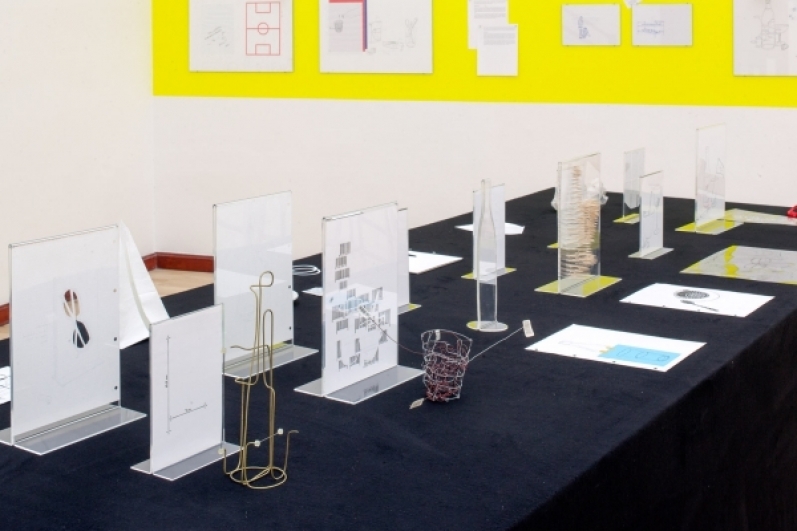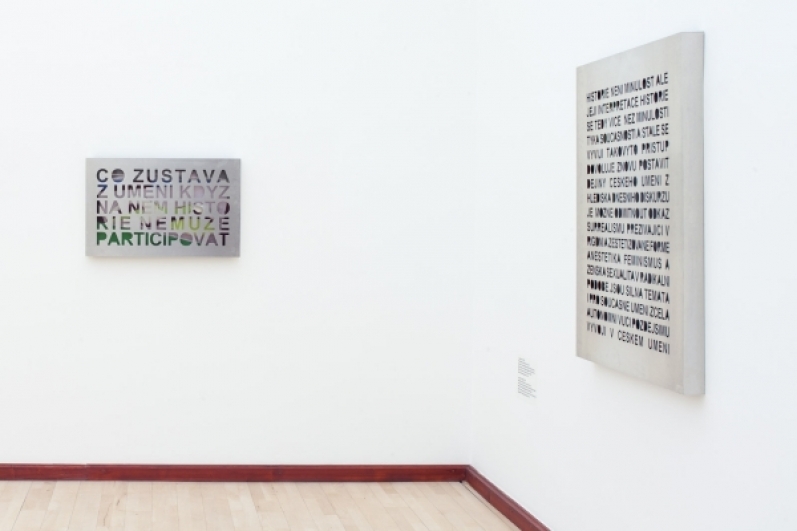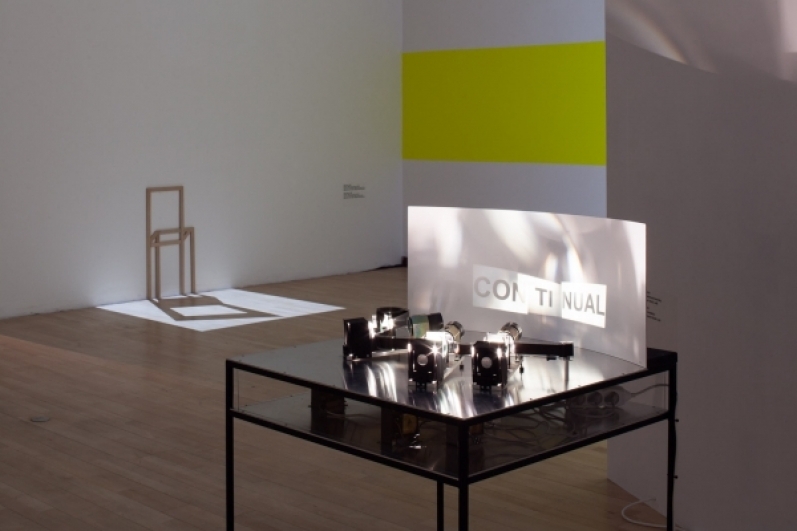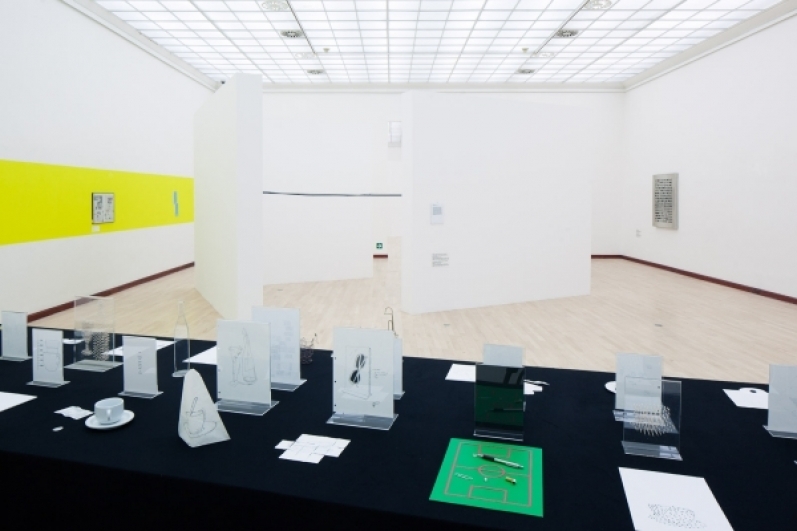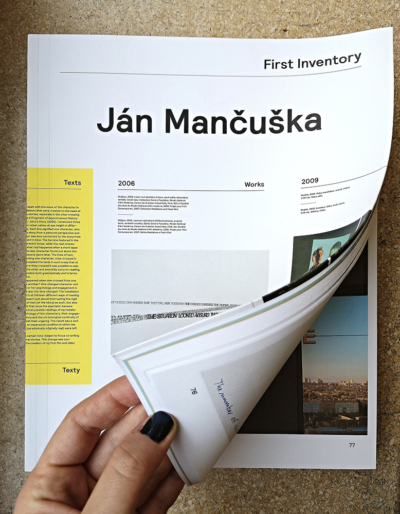Ján Mančuška: First Retrospective 17. 6. 2015 – 11. 10. 2015
The “First Retrospective” is indeed the first retrospective exhibition devoted to Ján Mančuška (*1972) and certainly the first extensive exhibition of his works held in the Czech Republic. His oeuvre remains here without its author who died at the age of 39 in 2011. And yet, it cannot be viewed as fragmentary.
Mančuška appeared on the art scene in the late 1990s together with the other members of the Headless Horseman collective (Josef Bolf, Jan Šerých and Tomáš Vaněk). His work is distantly related to the Czechoslovak vernacular version of Conceptualism of the 1960s and 70s (Stano Filko, Jiří Kovanda and others).
Similarly to the somewhat older group Pondělí (Monday), Mančuška held the opinion that (creative) identity was defined as a socio-cultural construction, which stood in opposition to the conventional Surrealist and romanticist departure point of Czech art.
With growing international acclaim, two different lines began to be differentiated in his oeuvre and thereafter remained constant in it. On the one hand he developed the post-Conceptual artistic tradition, which actively thematizes language in the process of narration (literary, video, performance and cinematographic language). On the other hand his interest grew in recounting – often existential, true stories. The movement between the elements of these two spectra – the artificiality of language and the oppressiveness of the narrated story – might be regarded as the primary locus of the power of his expression. Mančuška sought to create new agency in artistic theory as well as practice. He perceived the necessity of bridging the contradiction of the present between art prior to, and after the fall of the Berlin Wall. In his view, artists were either clinging to nativist art forms and traditions, or without objection speaking the language and topics of the international art canon. The new agency, as realized by Mančuška, was to be internationally engaged and, through this engagement, capable of relating stories connected with the place and with specific historical experience.
Mančuška himself conceived exhibitions as installation, as well as performative, events. The first retrospective is not a simulation of the artist’s approach to the exhibition as a locally specific event. It is (quite conventionally) structured chronologically. It places emphasis on the precise re-installation of works that are intellectually and aesthetically ground-breaking, which have been generously lent by important international (MoMA, Centre Pompidou, Thyssen-Bornemisza Art Contemporary, etc.) and domestic collections.
The visitor will also find here parallel lines of drawings, studies and period materials, offering an excursion into a “post-conceptual” workplace that replaced the traditional art studio. The exhibition is accompanied by an extensive publication with a number of original and theoretical texts. It has been published in a collaboration between the Swiss publisher JRP|Ringier and tranzit.cz.
The retrospective exhibition of Ján Mančuška is based on a several-year reconstruction and inventorying of the artistʼs oeuvre and scripts. It was jointly organized by Prague City Gallery and the Ján Mančuška Estate, the Andrew Kreps Gallery New York and the Meyer Riegger Berlin/Karlsruhe as well as numerous institutions and private collectors who kindly provided the presented items on loan. The exhibition will re-run in Kunsthalle Bratislava and, in an adapted form, in the Moravian Gallery in Brno.
We approached several people – artists, performers, choreographers, architects, designers, historians, who collaborated with Jan Mančuška – to recorded a short video about their professional and personal relationship to Ján. Thanks.
